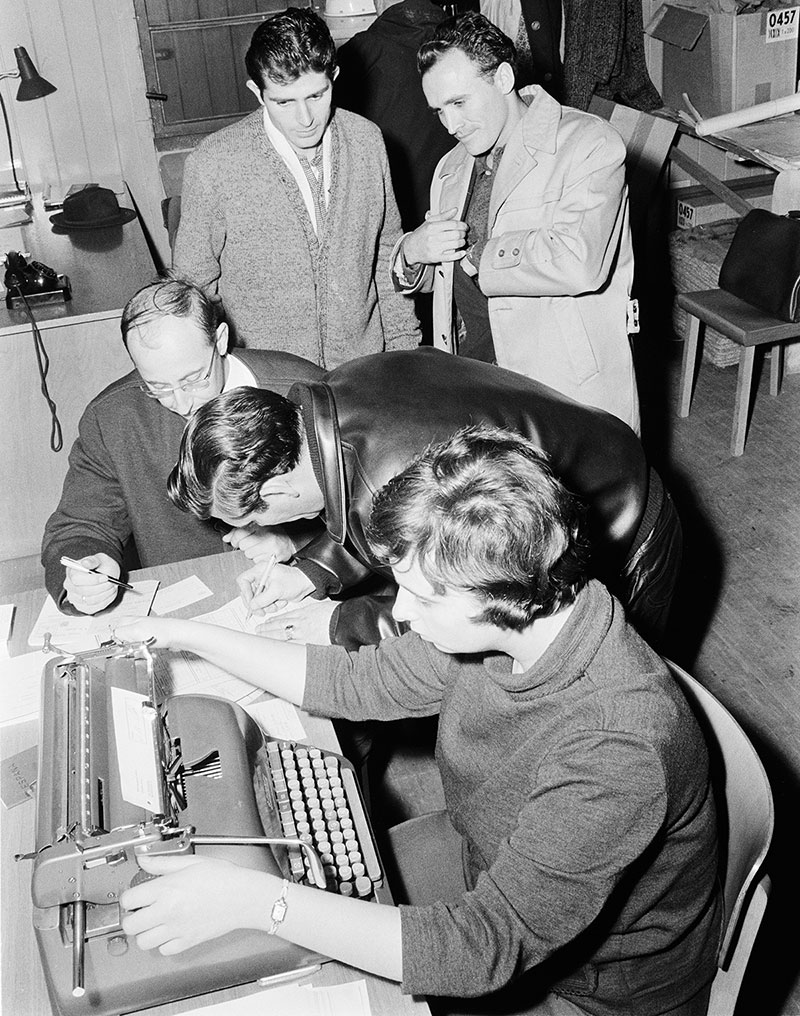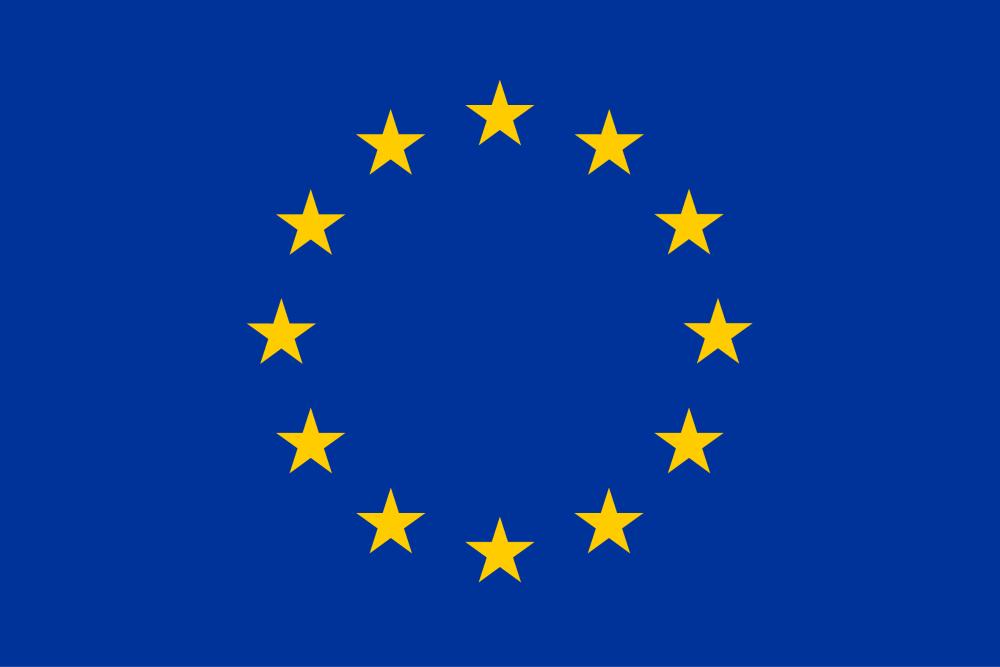Internal Fortress
Internal Fortress
Regulating European Freedom of Movement within the Nation-State, 1950-1980

Photo: Rudolf Holtappel/ Fotoarchiv Ruhr Museum
Objectives
This project will trace migration history in the European Economic Community (EEC), which preceded today’s European Union (EU). It focuses on the period when freedom of movement was first implemented in the EEC, from the 1950s to the 1970s, exploring how this policy shaped social relations within the member states. The research is organized around the following questions:
- As governments lifted entry restrictions across the EEC, what new internal administrative machinery did they have to set up in order to insert European migrants into local social and economic life?
- What new inequalities did this process create in the social fabric of post-war Europe, between regional migrants and external migrants coming from outside the EEC?
The project examines these questions in three core areas: social security, skill development, and union participation.
Implications
The possibility that expanding movement between highly institutionalized labour markets required more national control and not less potentially has very broad implications for migration policy. The EEC is the best case to test this hypothesis because its founding member states had highly complex regulations governing welfare and they agreed to pursue the deepest integration between national labour markets that ever has been attempted.

Starting Grant funded by the European Research Council (101116211).
Period 2024-2028.
Hosted by the Department of Modern History and Society at the Norwegian University of Science and Technology.
